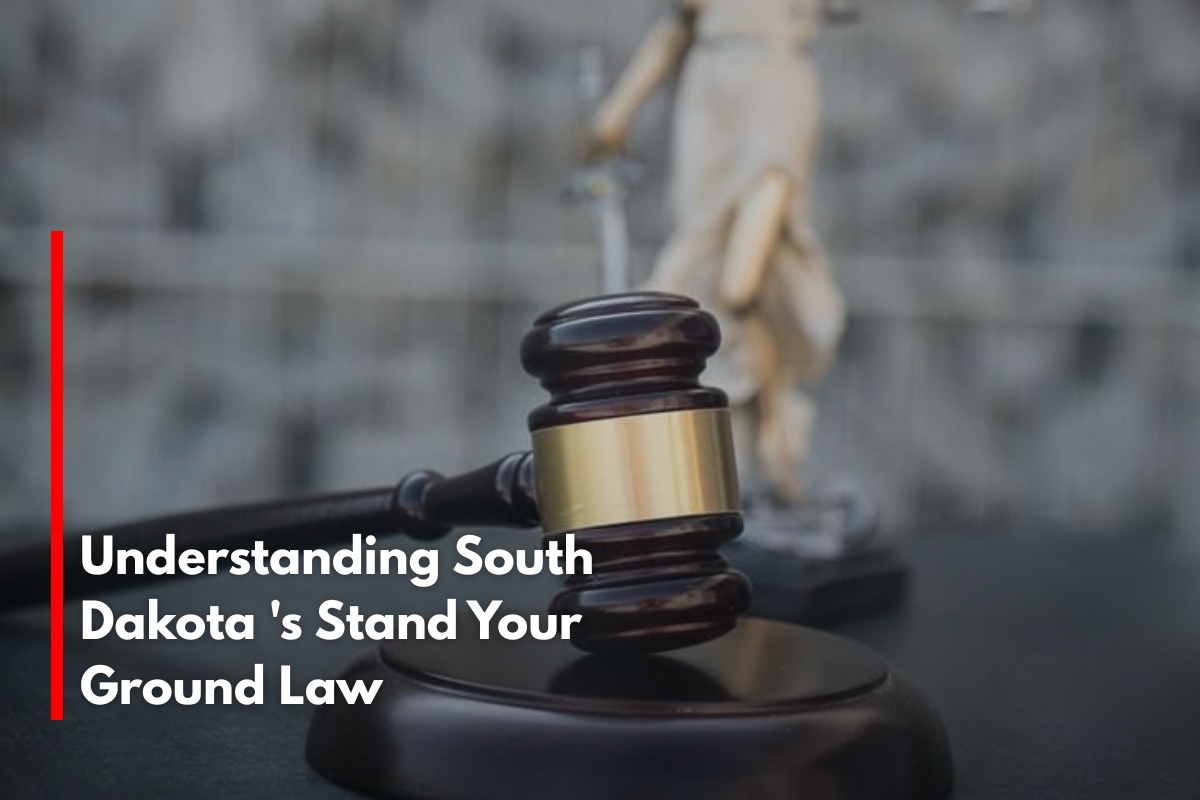South Dakota has a clear statutory “Stand Your Ground” law that permits individuals to use deadly force in self-defense without the duty to retreat, provided certain conditions are met.
This law reflects a significant shift from traditional self-defense doctrines that generally required a person to retreat if it was safe to do so before using deadly force. The following article explains the South Dakota Stand Your Ground law with relevant legal context and key provisions.
Overview of Stand Your Ground Law
The term “Stand Your Ground” refers to laws that allow a person to use deadly force in self-defense without having to retreat first when faced with a threat in a place where they have a legal right to be.
South Dakota has adopted this principle in its statutes, removing the common law duty to retreat before using or threatening deadly force if a person reasonably believes such force is necessary to prevent imminent death or serious bodily injury either to themselves or others. This law applies in any location where the defender is lawfully present.
Legal Basis in South Dakota
South Dakota Codified Laws Section 22-18-4.1 and related statutes provide the legal framework for the Stand Your Ground doctrine in the state. These laws explicitly state that an individual who uses deadly force under circumstances authorized by the statute does not have a duty to retreat first.
For non-deadly force, the duty to retreat is similarly removed in specific justified situations. The statutes require that the person using force must not be engaged in criminal activity at the time and must be in a place where they have the right to be.
Conditions for Using Deadly Force
The South Dakota Stand Your Ground law stipulates that deadly force may only be used when a person reasonably believes it is necessary to prevent imminent death or serious bodily injury. The person must not have provoked the aggressor and generally must not be engaged in illegal activity at the time of the incident. This protects individuals who are lawfully defending themselves or others against an unlawful attack or threat.
Comparison with Traditional Duty to Retreat
Historically, self-defense laws required a person to retreat if safely possible before using deadly force, except in their home (Castle Doctrine). South Dakota’s Stand Your Ground law eliminates this duty in any place where the person has lawful presence.
This means a lawful individual can “stand their ground” and use force without first attempting to escape, fundamentally changing the approach to self-defense in public and private spaces beyond the home.
Practical Implications
The law offers legal protection to people who defend themselves without retreating in confrontations where they face serious threats. However, it also means cases involving use of force will consider whether the defender had a right to be at the location, was not engaged in illegal conduct, and whether the belief in the necessity of force was reasonable. The law balances the right to self-defense with accountability to prevent misuse of deadly force.
South Dakota’s Stand Your Ground law provides defendants a legal right not to retreat when faced with threats necessitating force in self-defense, as long as they meet statutory conditions about lawful presence and reasonableness. This legislation aims to uphold individuals’ rights to defend themselves while clarifying the limits on using deadly force outside the home.
Sources
(https://giffords.org/lawcenter/state-laws/stand-your-ground-in-south-dakota/)
(https://en.wikipedia.org/wiki/Stand-your-ground_law)
(https://www.justia.com/criminal/defenses/stand-your-ground-laws-50-state-survey/)
(https://sdlegislature.gov/Statutes/22-18)
(https://sdlegislature.gov/Statutes/22-18-4)











